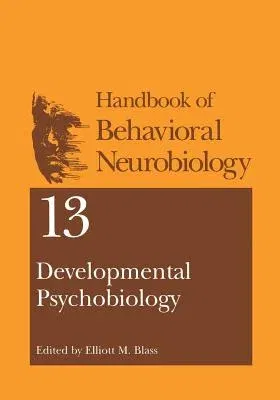Developmental Psychobiology (Softcover Reprint of the Original 1st 2001)Paperback - Softcover Reprint of the Original 1st 2001, 8 October 2012

Qty
1
Turbo
Ships in 2 - 3 days
In Stock
Free Delivery
Cash on Delivery
15 Days
Free Returns
Secure Checkout
Part of Series
Handbooks of Behavioral Neurobiology
Print Length
619 pages
Language
English
Publisher
Springer
Date Published
8 Oct 2012
ISBN-10
1461354420
ISBN-13
9781461354420
Description
Product Details
Book Edition:
Softcover Reprint of the Original 1st 2001
Book Format:
Paperback
Country of Origin:
NL
Date Published:
8 October 2012
Dimensions:
25.4 x
17.78 x
3.28 cm
ISBN-10:
1461354420
ISBN-13:
9781461354420
Language:
English
Location:
New York, NY
Pages:
619
Publisher:
Weight:
1093.16 gm

